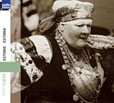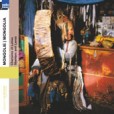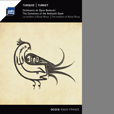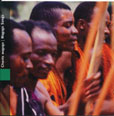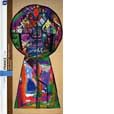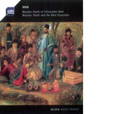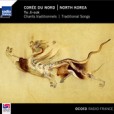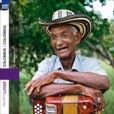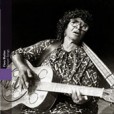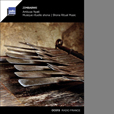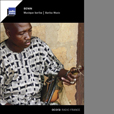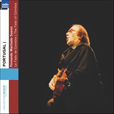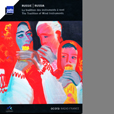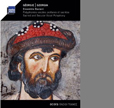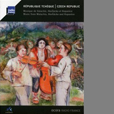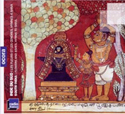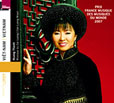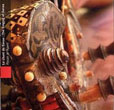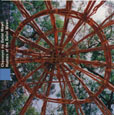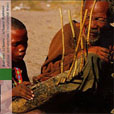Your basket is empty

Sundanese ritual music for the goddess of rice and the ancestral spirits, performed by Pupung Supena and Tahya — tarawangsa fiddle with ostinato accompaniment on kacapi zither.
From the south-east corner, with uneasy Estonian identity, and ties to Russia via the Orthodox Church — striking singing about everything, in different lineups, with recordings from the 1930s till up to date.
A liturgy and feast headquartered in the mountains of Antalya, with semah sacred dancing and sung poetry accompanied on the saz lute. Six instrumentalists, two vocal lineups here: from 2004 and 2011.
Chimelougali is yodelling; luchenze is hooting whilst darting the tongue from side to side; kuama are trembling sounds, and rhythmic interjections. Including polyphonies, and a few with instruments.
‘Wild songs’ (without words), sophisticated choral singing, improvisations, pastorals and newer song forms.
The singer Yu Ji-suk, with a 10-piece ensemble of choir and percussion, performing the Seodo Sori repertoire of the north-west provinces. Nostalgic, dynamic folk songs, rooted in everyday life.
Festive folk music from the country’s Caribbean region, with four basic forms — the son, paseo, merengue and puya — played with three traditional instruments: the caja vallenata drum, wooden guacharaca scraper, and three-line, German-style button accordion. Here are some of its most celebrated performers, including Francisco ‘Pacho’ Rada, Nicolas ‘Colacho’ Mendoza and Victor Camarillo.
Rough, rousing gospel recorded live in 1987 by the seventy-nine-year-old (who came through busking in Washington DC). Mostly traditional songs, with Flora’s full-flavoured singing self-accompanied on slide, and extra guitar backing by Eleanor Ellis.
Judith Juma’s wonderful mbira playing — shona ritual music, with singing, drum and rattle.
Griot music with delicate dambararou lute; ritual possession songs with gogue fiddle and gon and karou drums; and a women’s choir.
Superb, timber-shivering example of the city’s more elevated style of fado. Highly recommended.
Eighteenth and nineteenth century folk repertoire featuring horn, overtone flute, panpipes, vertical flute, shepherds’ trumpet — and violin or balaika.
Sacred and secular vocal polyphony.
Lullabies, carnival, work, wedding, shepherds’, bandits’ — music for singing, flutes, bagpipes, guimbards, fiddles and cymbalums.
The Sulayiti Kalungi Ensemble Of Kampala presenting dances, religious invocations and profane songs, to a barrage of percussion and fervent choral singing.
Based on the raga and pan, these short hymns to Shiva, performed by the oduvar cantors, are sung at daily rituals and for calendar feasts in temples of Tamil Nadu.
Intense Moroccan singer improvisatorially lighting up the rare, refined nineteenth century wasla style, in suite form, with chamber orchestra — qanun zither, ud lute, kaman violin and riqq percussion.
Traditional and theatre music from Vietnam, the celebrated singer mazily leading dan tranh zither, dan bau monochord, sao flute, dan kim lute, dan co fiddle, and trong percussion.
The Theodore Vassilikos Ensemble powerfully performing Petros Bereketis — extended variations on eight modes — the most important composer of the golden age of Byzantine music, an eastward Bach.
Classical themes of courtly love, nostalgia, absence, from sublime fourteenth-century texts, done the old-fashioned way, with fine qanbus (Yemenite, not Oriental lute), and copper plate percussion.
Rugged songs with gurumi lute accompaniment to celebrate the opening of the bush, summon genies, honour animals and praise huntsmen.
Instrumental music from the north: like the hunting bow, made from wild vine and the tendon of an antelope, struck with a stick or a porcupine spine. One end goes in the performer’s mouth, which makes a resonator.

